About
Founded in 1899 by a group of passionate local golf lovers, Hatherly Country Club began as a few simple holes carved from the wild coastal landscape between North Scituate Beach and Cohasset Harbor. Their goal was simple: create a place of beauty, camaraderie, and challenge - a home for the game they loved.
Over the past 125 years, Hatherly has grown into one of the South Shore's most cherished clubs. With stunning ocean views and gently rolling terrain, our classic 18-hole links course has been shaped by notable architects including Samuel Mitchell, Brian Silva, and Bruce Hepner - whose recent updates honor the course's natural roots. Just steps away, our premier clay tennis courts carry on a legacy nearly as long, serving as a vibrant hub for players of all ages and abilities.
While much has evolved, our mission remains the same: to offer a welcoming, vibrant experience for golfers, tennis players, families, and friends. Whether you're on the course, on the court, relaxing on the porch, or enjoying time with loved ones, Hatherly is a place to belong - and a tradition to treasure.
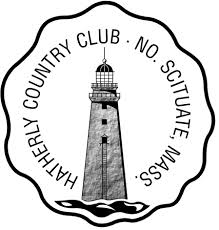
Rooted in the spirit of seaside summers, the Hatherly Playground Association was established on October 27, 1899, by a few prominent members of the North Scituate Beach Improvement Association. What began with a handful of golf holes soon blossomed into a vibrant community vision—with plans for a clubhouse, tennis courts, a baseball field, and an ever expanding golf course that would grow to 18 holes.
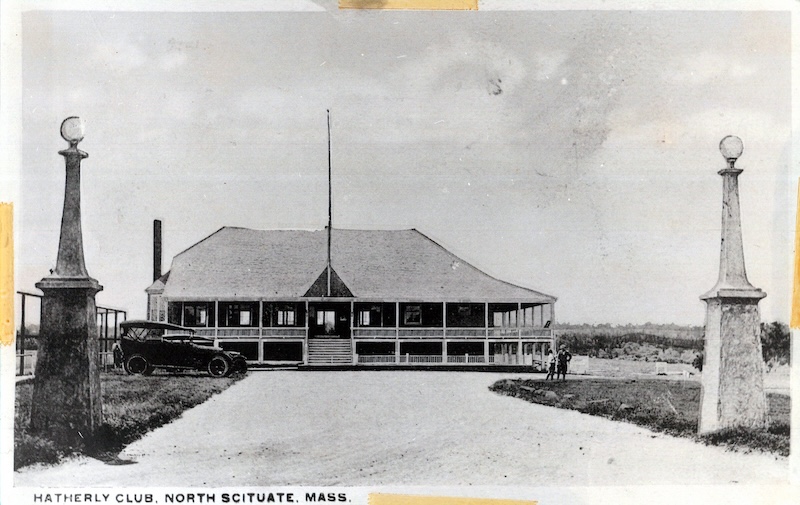
On July 2, 1900, the Hatherly Playground Association proudly opened its new clubhouse, the "Casino"—a 90-by-35-foot gathering place built for $6,000, complete with a dance floor and stage for summer entertainment, welcoming music, dancing, and memories that would shape Hatherly summers for generations.
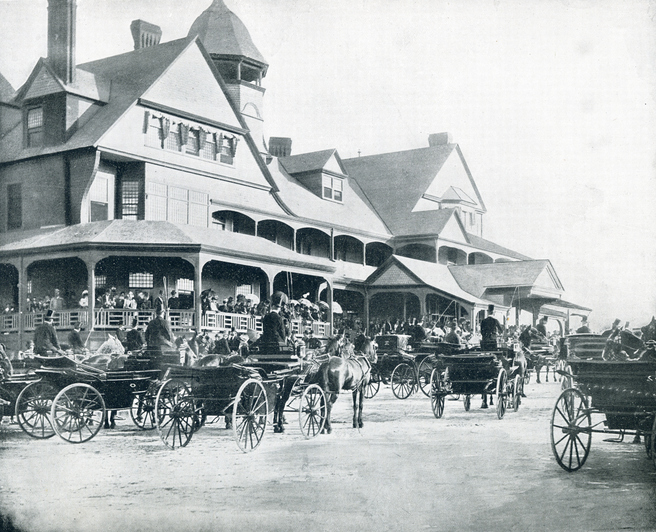
In August 1901, Hatherly hosted its first 18-hole Massachusetts Amateur Invitational on its six hole golf course, marking the start of a proud tournament tradition that would later welcome rising stars like Francis Ouimet. That same summer, the club also held its first open tennis tournament—setting the stage for competitive play across both courts and fairways. Competitors arrived by train to North Scituate Station, were escorted to the club, and after golf, cooled off with a swim at the beach. Evenings featured dinner, music, and dancing in the "Casino."
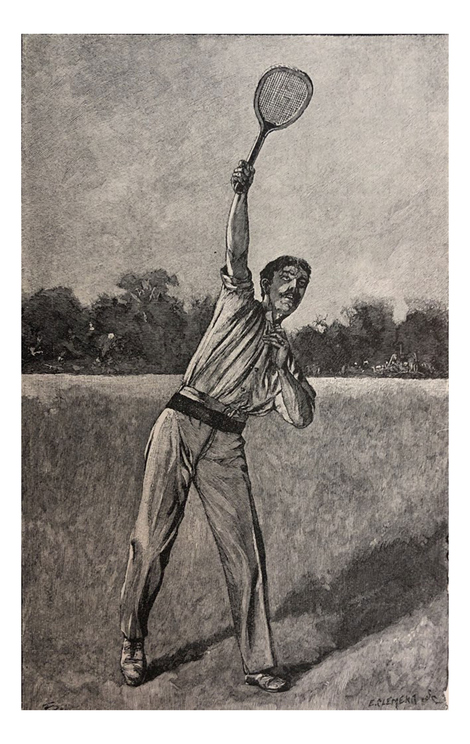
In 1902, the first Hatherly Challenge Cup was held and won by H.C. Bemis, beginning a proud tradition of competitive tennis. The winner of the singles event earned the right to challenge the reigning champion for the Cup—awarded permanently to any player who won it three times.
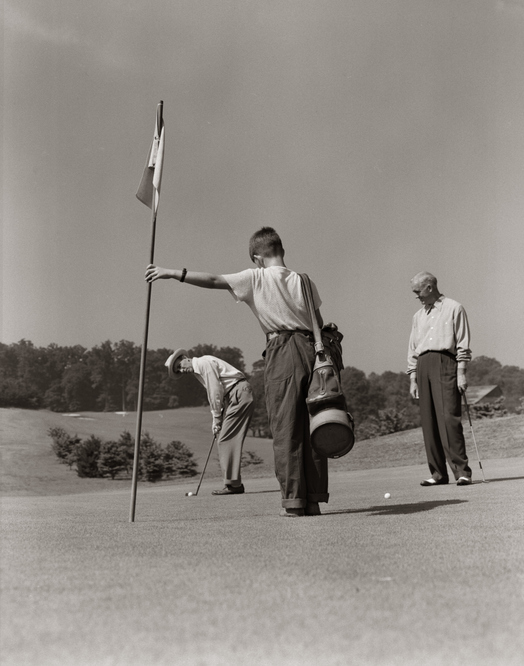
Between 1902 and 1917, Hatherly acquired 22 additional acres of land to expand the golf course to nine holes. During this time, the club continued to host popular golf and tennis invitationals for both men and women—often followed by lively gatherings in the Casino clubhouse—laying the foundation for the club's growth and evolution.
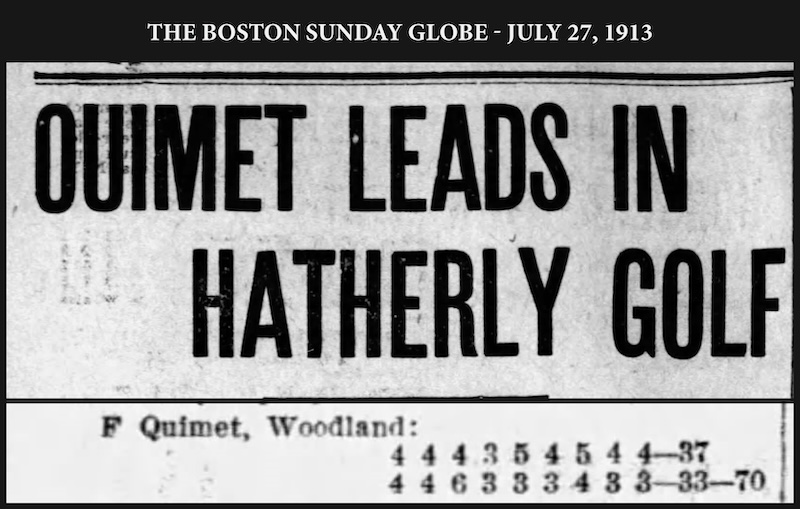
Francis Ouimet was a frequent competitor at Hatherly's Annual Invitational, leaving a lasting impression on the club's early history. On July 27, 1913, he captured the Invitational title with an impressive round of 70—just weeks before his iconic U.S. Open victory over Harry Vardon and Ted Ray at The Country Club. It's safe to say Hatherly's challenging 9-hole layout played its part in preparing Ouimet for greatness.
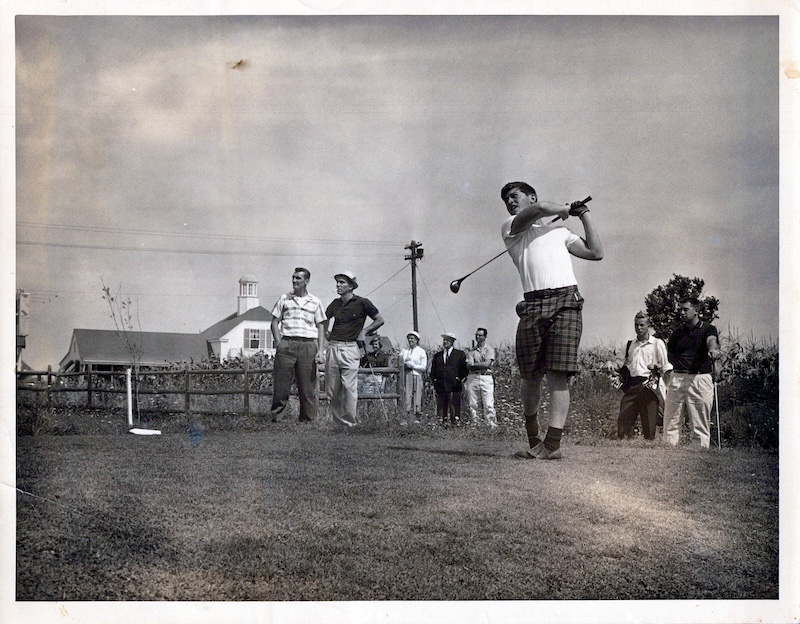
In 1917, Hatherly acquired the land south of Gannett Road—once home to the orchards of Timothy Hatherly, a founding forefather of Scituate. This land would become the foundation for what were then the "outside" nine holes, specifically holes 5 through 13, marking a significant expansion of the course.
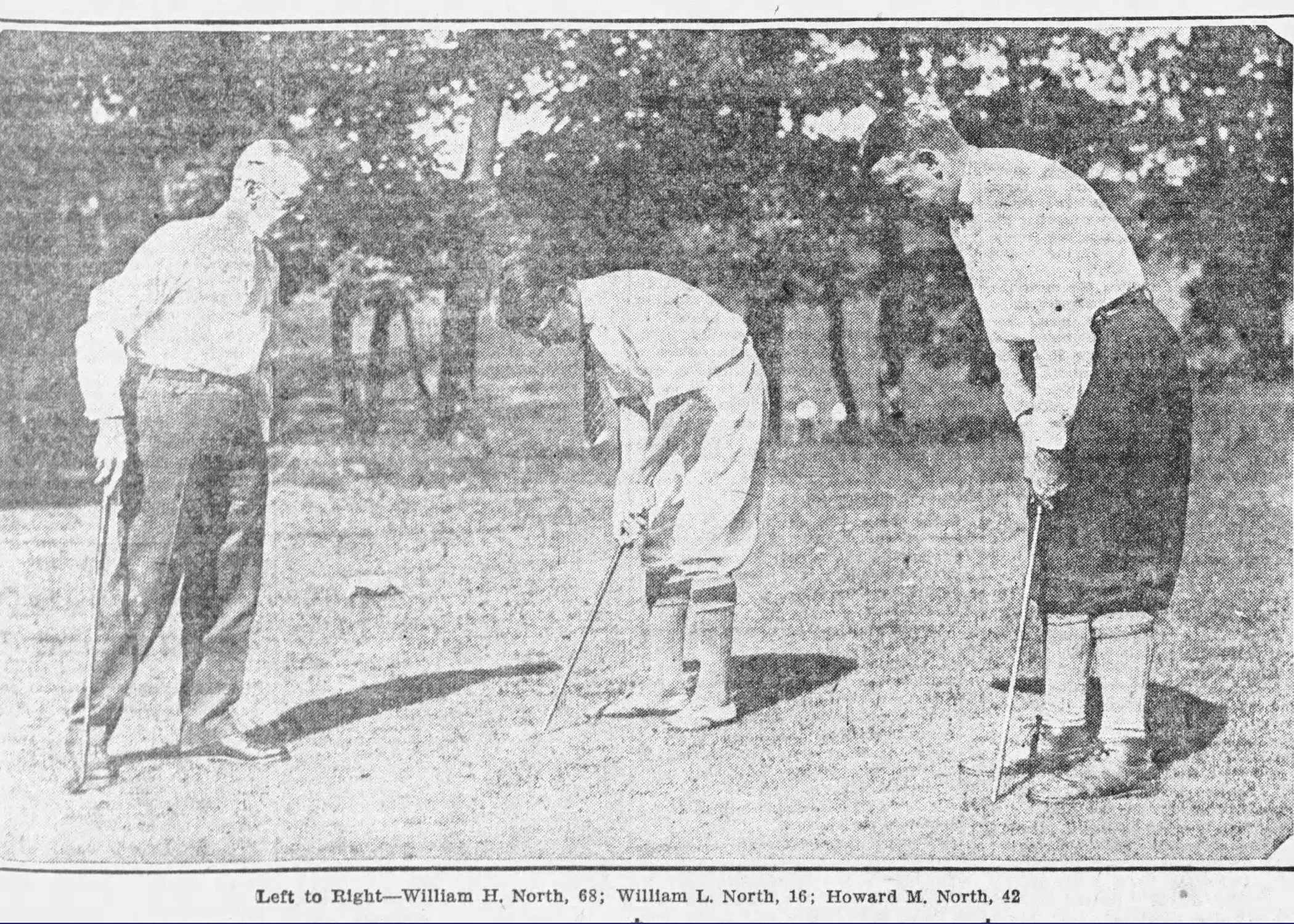
On July 10, 1919, the Hatherly Playground Association officially became Hatherly Country Club—marking a new chapter in its growth and identity.
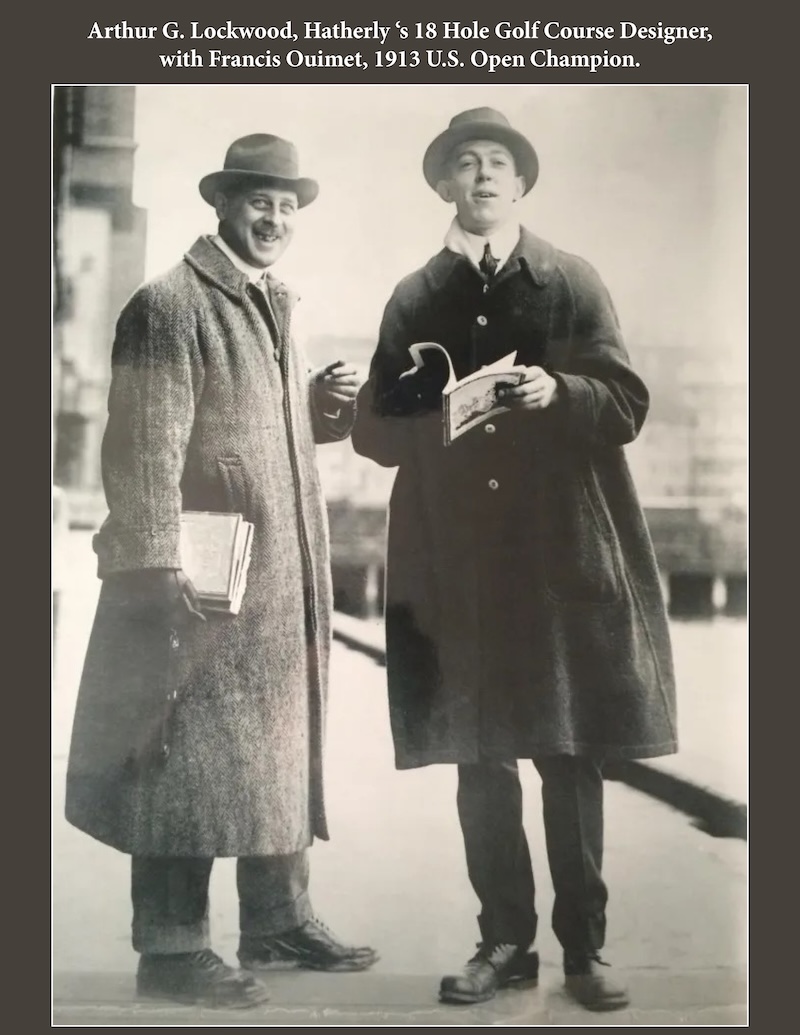
On June 17, 1921, Hatherly became a full 18-hole course with the opening of the "new nine," built on land acquired in 1917. According to a Boston Post article published that same day, the course was designed by Arthur G. Lockwood—a British-born amateur golfer and accomplished competitor who achieved significant success as an amateur, winning the Massachusetts State Amateur Championship in 1903, 1905, and 1906, and the Mexico Amateur Championship in 1906.
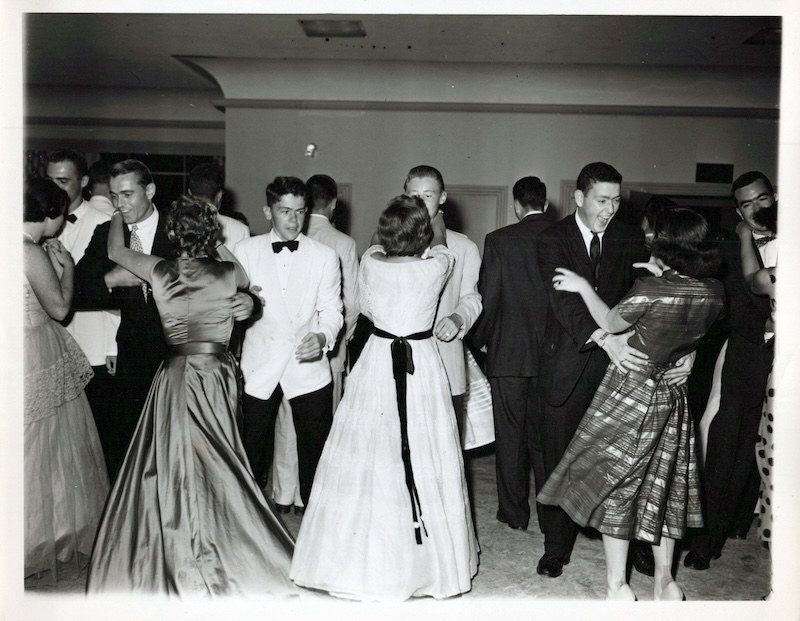
On July 27, 1947, Hatherly's beloved "Casino" clubhouse was tragically lost to fire in the early morning hours following a lively dance. Golf professional Jack Igoe—known for his dedication to teaching junior golfers—and his family, who lived in the clubhouse quarters, narrowly escaped the flames. Today, all that remains of the original Casino are the two stone pillars at the entrance to the tennis court parking lot—a quiet tribute to a cherished piece of Hatherly history.
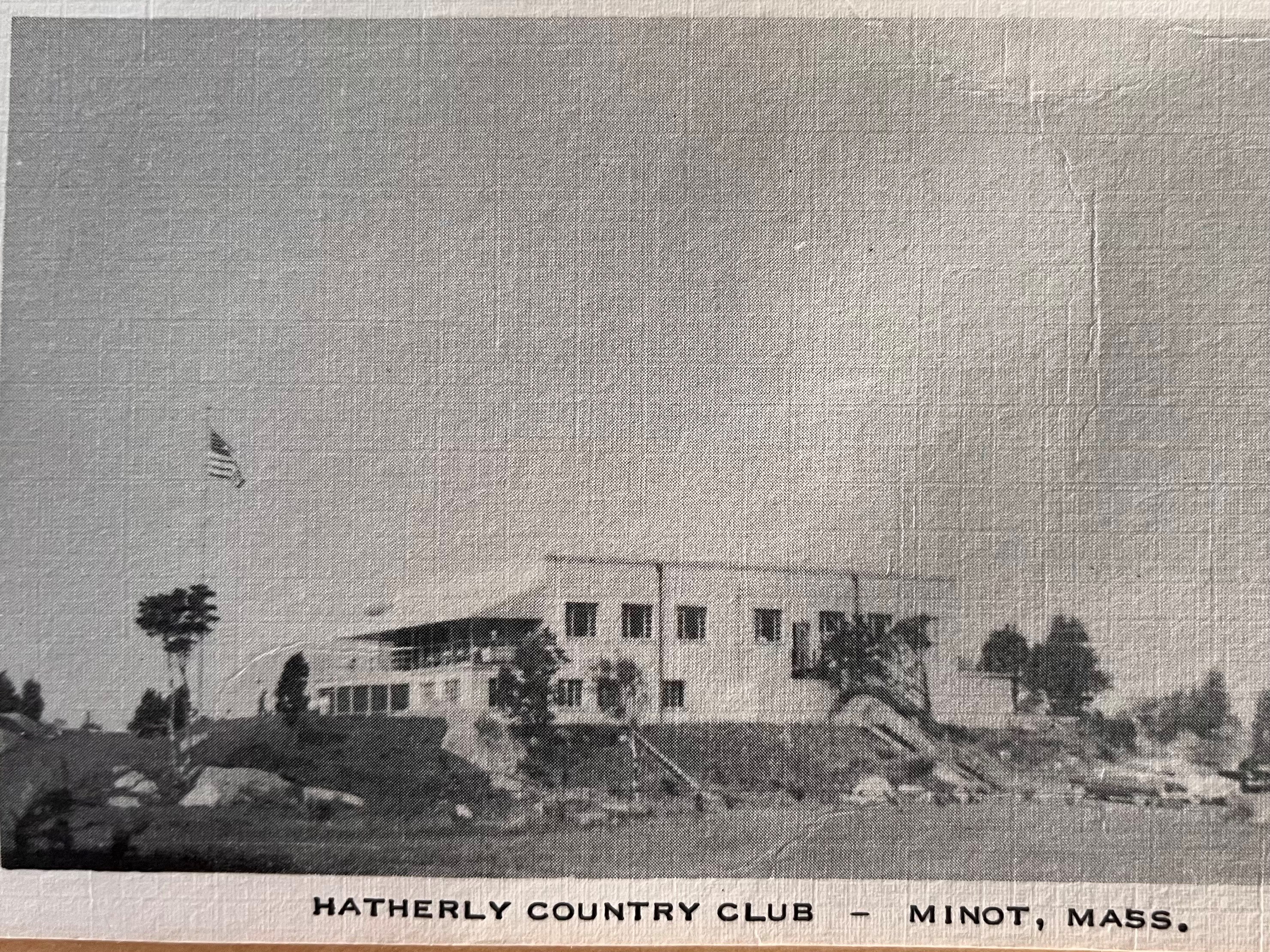
In June of 1948, Hatherly's new clubhouse was completed, rising from the loss of the original Casino to become the new heart of the club. The surrounding "inside holes" were thoughtfully designed around the structure, shaping much of the course layout that members enjoy today.
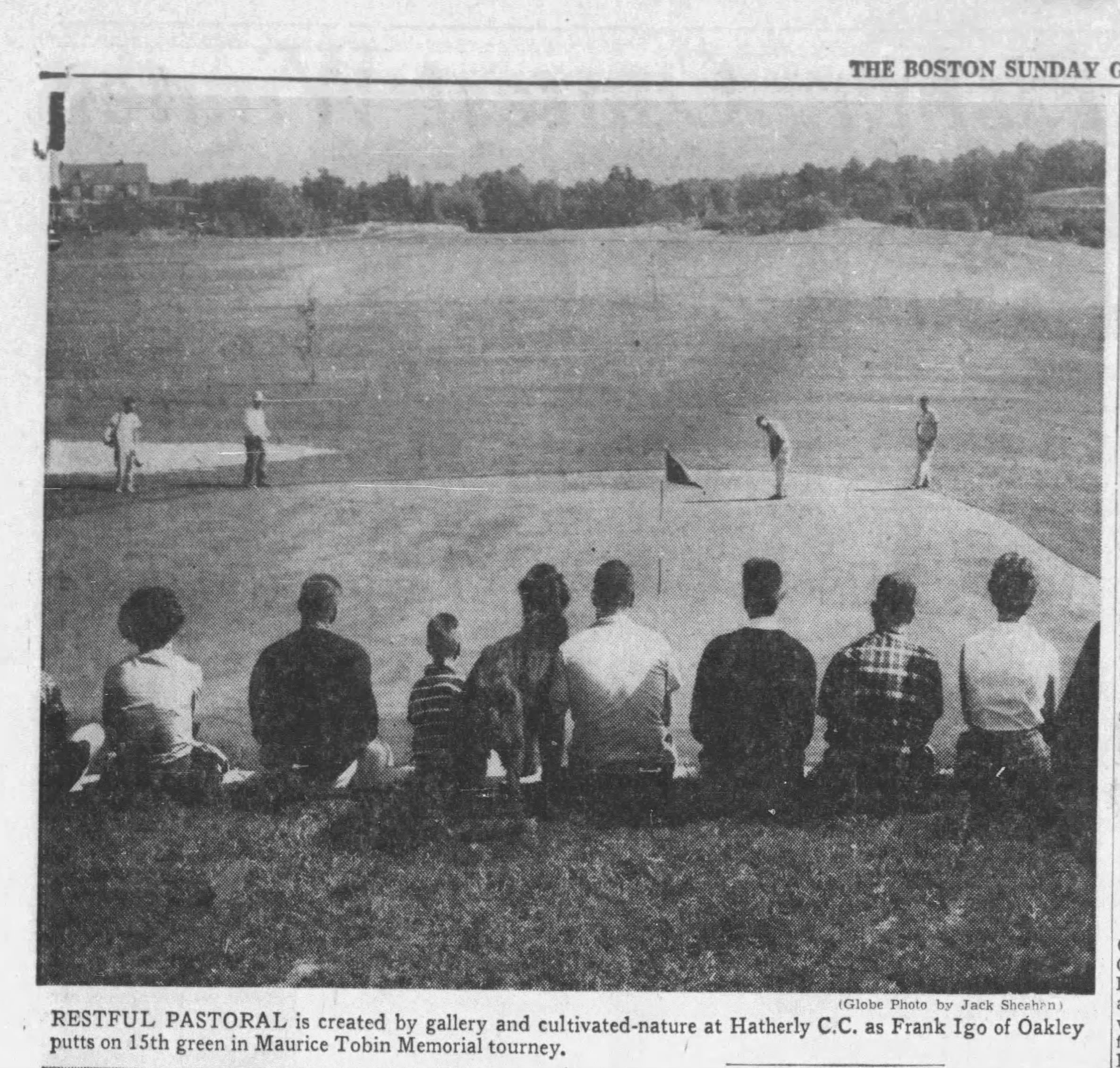
The First Annual Maurice J. Tobin Memorial Member-Guest Tournament was held in honor of longtime member and former Mayor of Boston and Massachusetts Governor Maurice J. Tobin, following his sudden passing on July 19, 1953. The event began a cherished tradition—celebrating camaraderie, competition, and a lasting legacy.
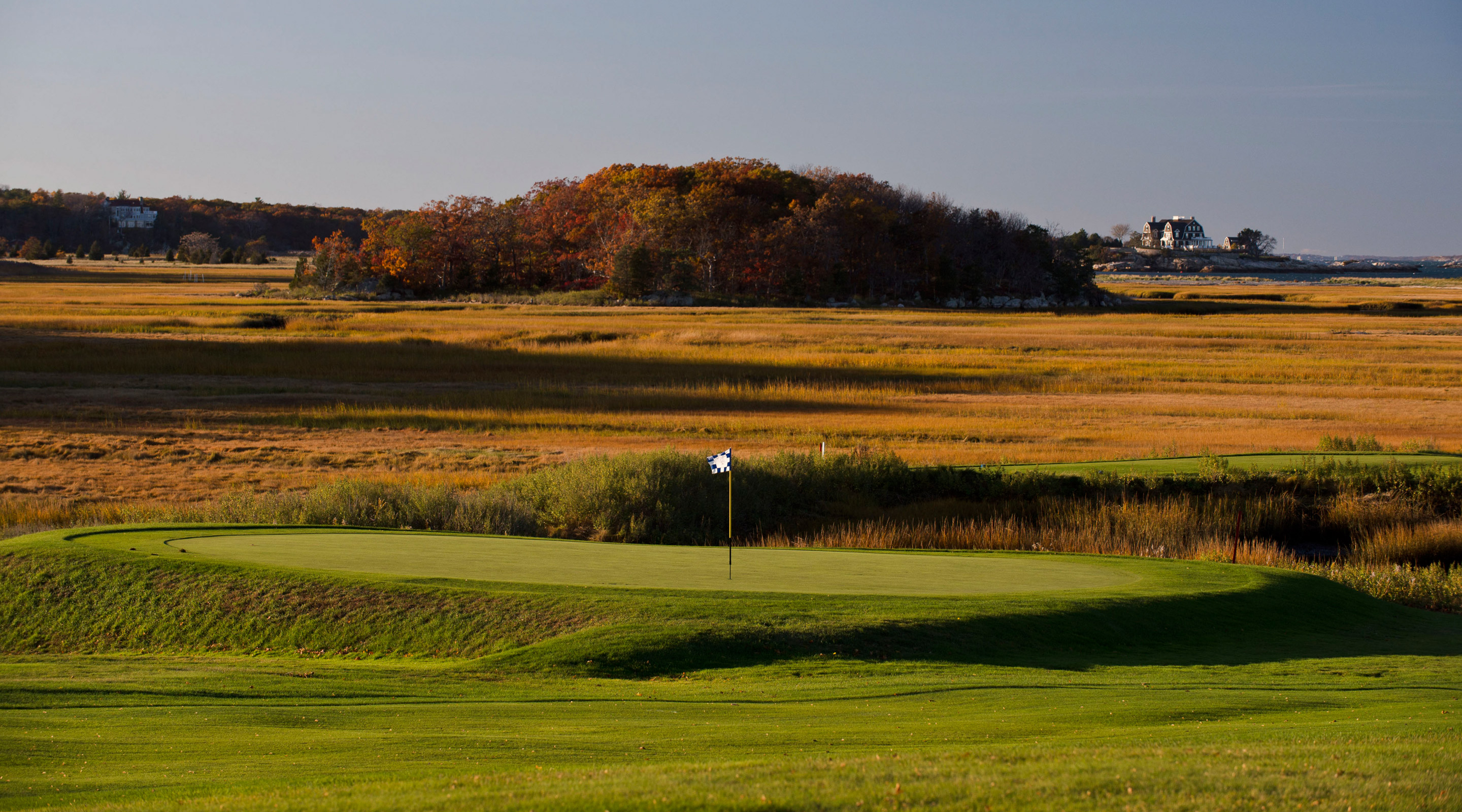
In 1972, Hatherly unveiled a major course redesign by noted golf course architect Samuel Mitchell, marking a new chapter in the club's history. The project followed a 1960s land swap that exchanged Country Club Circle for pastureland within the club's interior. The updated layout introduced today's 8th and 9th holes and retired the original par-3 16th—helping to define much of the course as it's played today.
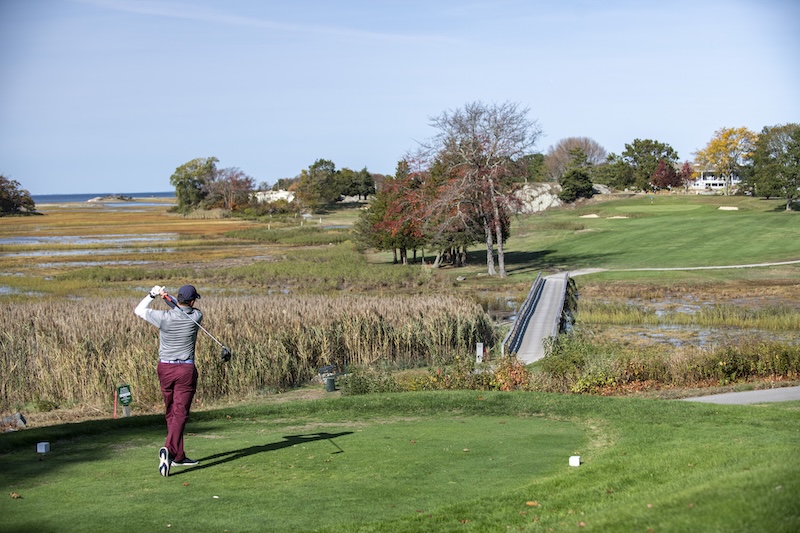
In the 1980s, renowned golf course architect Brian Silva made thoughtful enhancements to Hatherly's layout, refining tees and greens to elevate both playability and character. Notably, he added new teeing areas on signature holes to introduce more variety and strategic challenge
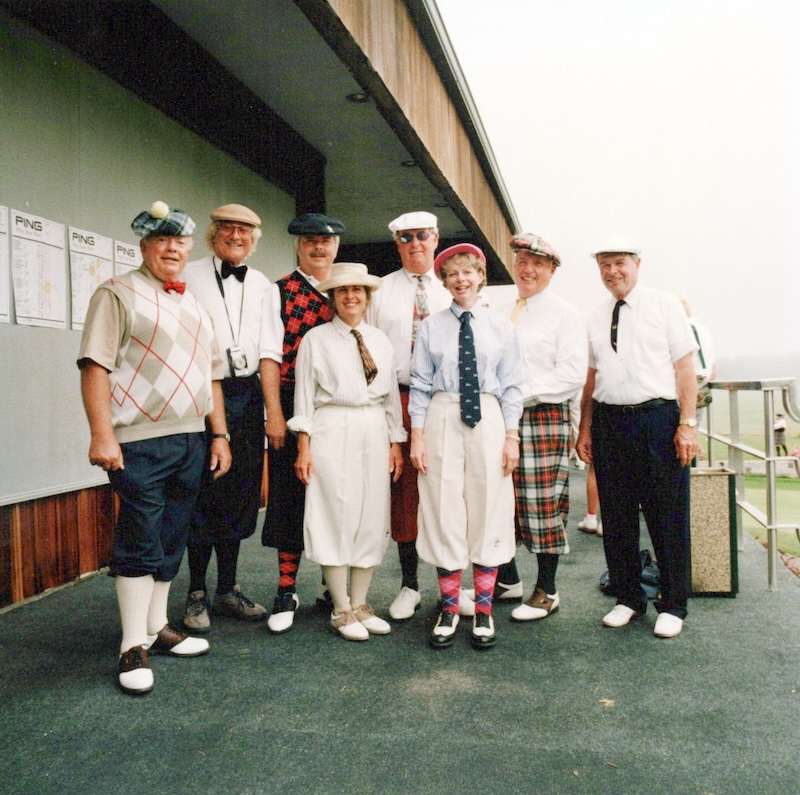
In 1999, Hatherly proudly celebrated its centennial—marking 100 years of tradition, community, and the enduring spirit of seaside golf.

Hatherly continues to enhance the member experience with upgrades across golf, tennis, and clubhouse amenities. Recent improvements include a new practice putting green, a modernized and more functional clubhouse, a state-of-the-art driving range and practice facility, and revitalized clay courts supported by expanded tennis programming.
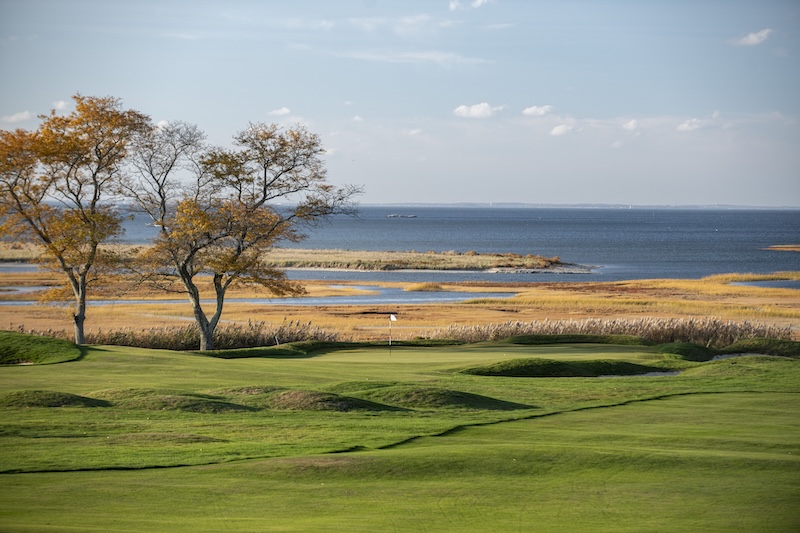
Golf course architect Bruce Hepner was retained to restore the natural origins of Hatherly's layout, reintroducing strategic elements and opening up views to the surrounding marshlands. His master plan became the guiding vision for all future course improvements, blending classic design with coastal beauty.
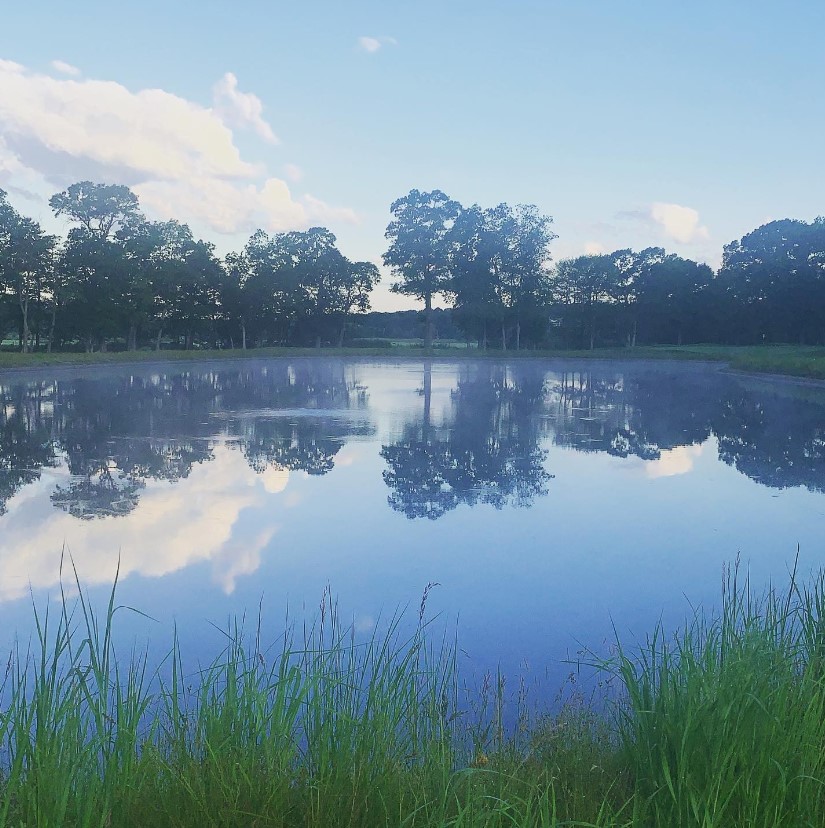
Hatherly completed a major irrigation improvement project to support the long-term health and sustainability of the golf course. Upgrades included a new distribution system, the addition of a 3-million-gallon retention pond with a pump house, and the implementation of a water treatment system to improve quality and reduce salinity levels.
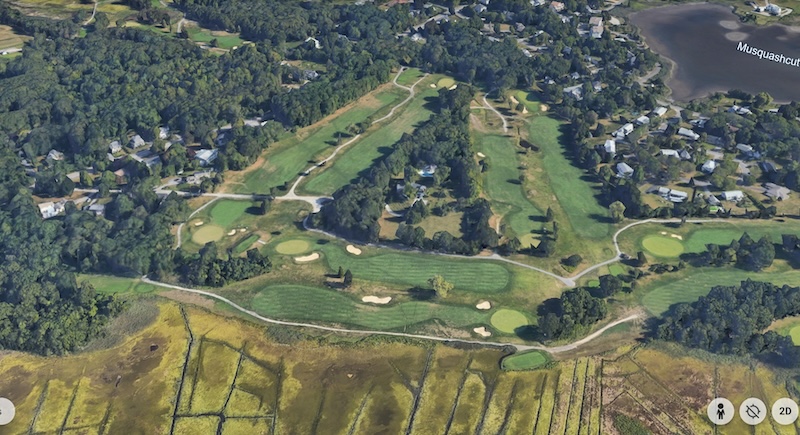
Hatherly acquired an additional 3 acres of land, opening the door to future growth and expanded club use. This milestone investment reflects a strong commitment to the club's long-term vision and continued vitality.

Hatherly celebrates 125 years of golf, tennis, and cherished moments shared among members—and bids farewell to the infamous electrical poles and wires that once framed the 17th green and 18th tee, a striking visual which is captured in the 2016 New Vision timeline caption.
Here's to the legacy we've built—and the memories still to come. Cheers to the next 125 years!